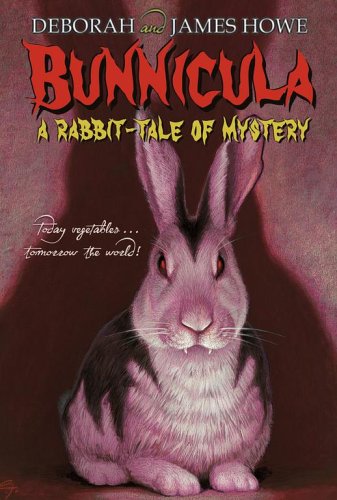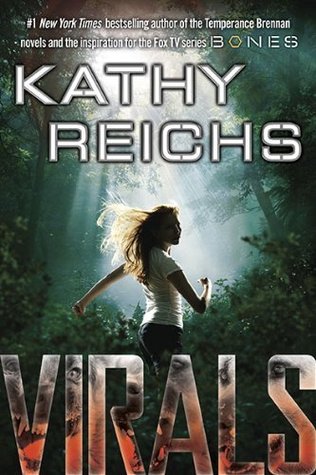First of all, Divergent was a good movie, and most everyone I spoke to and the comments I read online were positive with most people saying they "loved" the movie. In fact, it was enjoyable, the sets were phenomenal, and the acting was true to the type of movie. My husband, who is not a reader, enjoyed this movie more than he enjoyed Catching Fire. I am beginning to think that the best way to enjoy a book-movie is to NOT read the book before seeing the movie.
While the actors were all (for the most part) good actors, Theo James, Shailene Woodley, Ashley Judd, Kate Winslet, etc., I did not like the casting. Now, I know I'm getting into reader opinions here, and your reader opinions or the characters may be different from mine, but this is my blog so you get my opinions. So, here goes.... Four was too sexy and too old (don't get me wrong, he was nice to look at on the screen, but he just wasn't "Four-ish"), Christina was too short, Al was too skinny, Peter was too ugly, Marcus was too... not sure, really, but he just wasn't the evil Marcus I had in my mind, Eric was too clean and too thuggish, Molly was too pretty and too nice, and Edward was too MISSING!!! Which leads me to the next part of my blog title, The Missing. Where was Edward? How do you leave him out without completely screwing up the next two movies, and how do you decide to just omit the knife-in-the-eye incident?!? Where was the water at the bottom of the Chasm in the Pit? Where is the hard drive? And if there is not hard drive, how does Peter try to steal it in the next movie? AARRRGGGHHHH!!!!
Why do directors choose to change so much of a perfectly good story? I know that there is no way to fit a 487 page book into a two hour movie so things have to be omitted, but changing the very essence of a story by modifying the plot is just wrong. Jeanine is a major character in the books, but she is way too prevalent in the movie. She opens the choosing ceremony, she's at the final examination of the Dauntless initiates, she is constantly showing up at Dauntless headquarters, she is in the control room controlling the simulation when Tris breaks in even though, according to the book, Four, alone, is controlling the simulation at that time. Why the need to add a fight scene between Tris and Jeanine in this movie when it was already written into Insurgent? I think the thing that makes me the maddest about the movie changes is that the author was very involved in the film-making process even appearing in a small scene in the movie. Why didn't she fight the changes? I know the answer, money. Film-makers want to make the movie the way they want, and if the writer interferes too much, the movie may not get made. The back of my copy of Divergent says,
"ONE CHOICE
DETERMINES YOUR LOYALTIES--FOREVER
ONE CHOICE
CAN TRANSFORM YOU"


 Bunnicula has been around for quite a while being first published in 1979, and I'll admit that the real reason I read it was because I had some students doing a project on it and needed to know the book to be able to evaluate their projects. With that said, I really liked the book! It was cute and funny and had enough wordplay to appeal to adults as well as kids. At one point, Chester reads that you can kill a vampire by pounding a stake into the vampire's heart, but the "stake" he uses is actually a sirloin "steak" (after I finished reading the book I had to apologize to one of my student groups for correcting their spelling). The book is a quick but fun read. Probably the best recommendation for the book came from one of my students who is VERY picky about the books he reads (he only likes to read Diary of a Wimpy Kid and Puppy Place books and pretty much refuses to try anything else). After he finished Bunnicula, he was anxious to read others in the series. When I told him I didn't have the entire series, the told me that I really needed to get the rest of them so he could read them. Isn't that what a good book is all about?
Bunnicula has been around for quite a while being first published in 1979, and I'll admit that the real reason I read it was because I had some students doing a project on it and needed to know the book to be able to evaluate their projects. With that said, I really liked the book! It was cute and funny and had enough wordplay to appeal to adults as well as kids. At one point, Chester reads that you can kill a vampire by pounding a stake into the vampire's heart, but the "stake" he uses is actually a sirloin "steak" (after I finished reading the book I had to apologize to one of my student groups for correcting their spelling). The book is a quick but fun read. Probably the best recommendation for the book came from one of my students who is VERY picky about the books he reads (he only likes to read Diary of a Wimpy Kid and Puppy Place books and pretty much refuses to try anything else). After he finished Bunnicula, he was anxious to read others in the series. When I told him I didn't have the entire series, the told me that I really needed to get the rest of them so he could read them. Isn't that what a good book is all about?
